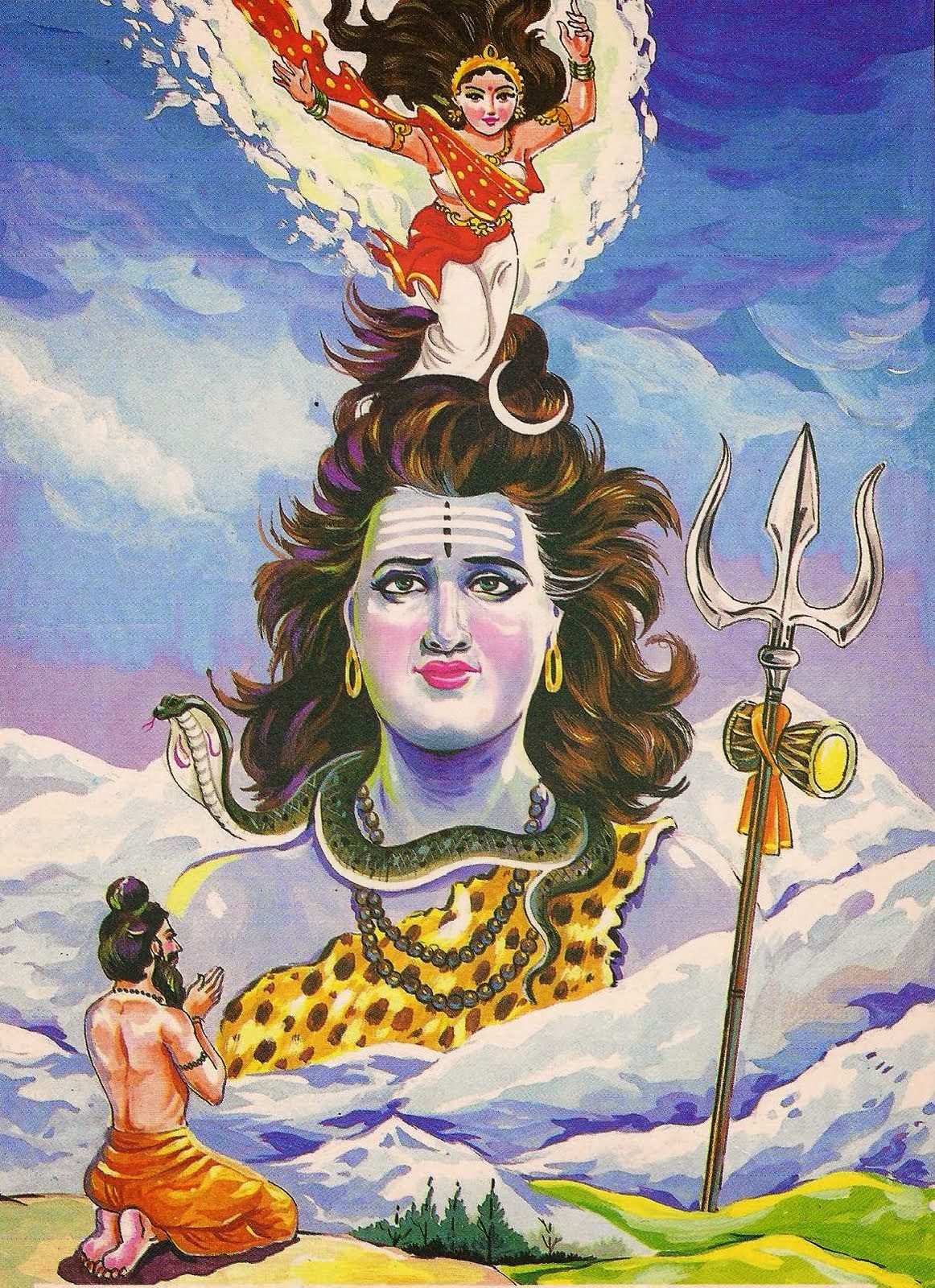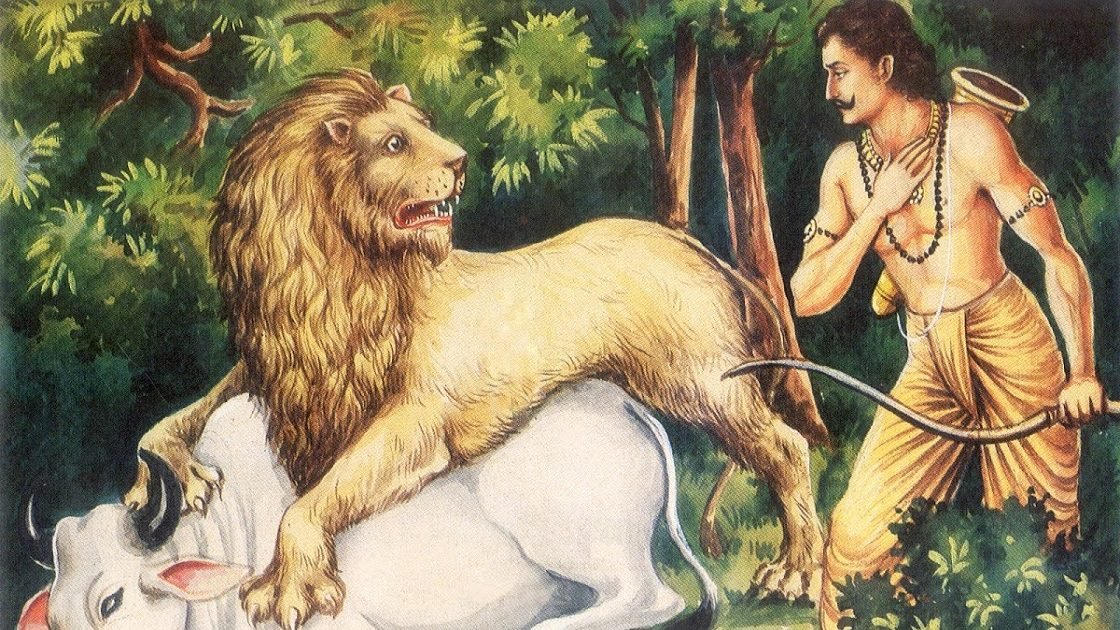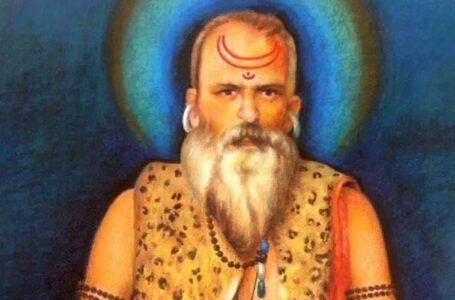PrideOfied : Two Mothers of Bhagiratha

Bhagiratha the king who brought Ganga from heaven to earth was born out of two mothers. The story is unique just like Bhagiratha and his works.

Even in today’s environment, queer romance struggles to be recognized, let alone celebrated. Pride parades intended to familiarise, bold films intended to educate, and artwork intended to normalize this passionate love of a different type have all failed to elicit the necessary paradigm shift. Our culture continues to fight these fears, one valiant effort at a time. Given that Indian mythical legends have their fair share of such unorthodox pairings, this lack of acceptance is surprising for our society. We can learn about one such sanctioned homosexual romance by following the legend of King Bhagiratha’s birth. Queer romance, on the other hand, is not only healthy but also beautiful for many of us, as lovely as, if not more beautiful than, a heterosexual marriage.
When it comes to LGBT issues in Hindu mythology, numerous examples correspond to our modern understanding of same-sex love being acceptable. The Bengali narrative of Bhagiratha is an example of a story that successfully celebrates gay love. Bhagiratha is a well-known mythical figure, not only because he was born to two queens, but also because he was the king who brought Ganga down from heaven. Have you ever thought about why Ganga is known as Bhagirathi? So, you’ve got your response! So, let’s start with the legend of King Bhagiratha’s birth to disprove the myth that same-sex parents can’t produce competent children!

The fact that King Dilipa, a ruler of the Suryavansh Dynasty of the Ramayana, had no son or heir to carry on his legacy concerned him much. This was the dynasty from whom Lord Ram was claimed to descend. He put forth a lot of effort and went through a lot of hardships to have a son. This was a problem not just because Ayodhya lacked a king, but also because Vishnu was supposed to be born into the same bloodline according to cosmic design. The gods did not appreciate the fact that the line of succession had come to an end accidentally. When the frightened wives sought assistance from their family priest, he promised them that a son would be born shortly. He concocted a concoction for them and urged the ladies to engage in sexual activity, so initiating an unusual connection. Widows are traditionally supposed to embrace celibacy and live a solitary lifestyle, devoid of any pleasure or enjoyment.

Queens Chandra and Mala defied custom by embarking on a voyage that represents modern widows carving their own lives. The genuine victory lay in the fact that their connection was the start of a true love story between two co-wives while their spouse was gone, rather than just a sexual outcome to preserve the kingdom. Kamadeva, the god of desire, blessed their sexual union as they bathed together and embraced their rebellious need for each other. He depicts an insatiable yearning that renders one powerless in the face of it. In their late husband’s bedroom, Queens Chandra and Mala participated in and enjoyed love play (keli charity). They are claimed to have kissed deeply and made love during the monsoon, which is a traditional romantic season.

Their acts of lovemaking aren’t just seen as transcending or extraordinary. It’s associated with ordinary lovemaking, which is a type of normality that our culture could need right now. Their encounter is a whirlwind of impulsiveness, infatuation, and outright lunacy. The fact that not just a husband and his wife, but also co-wives are expected to spend their entire lives together is a facet of polygamy that is often overlooked. These women share a bond in addition to their husband’s relationship.
Co-wives’ relationships are generally connected with stereotypes of resentment and envy, even though they often co-existed in a spirit of friendliness. Because they spend most of their time together and are bound to exist as more than just rivals, the blossoming of love between them should not come as a surprise. It would be bold to say that this supernatural birth was merely a pretext for their marriage. Furthermore, various non-penetrative conceptions have been described in Indian mythical traditions, such as birth from sperm alone or birth from one of nature’s components, such as fire or air. As a result, a story depicting two co-wives interacting with one another cannot simply be viewed as a means to an end, as there are other options.
Their intimacy is not only required but also beautifully described, like any other act of lovemaking would be. The eldest of the two, queen Mala, was pregnant and gave birth to a baby boy soon after the sexual contact between the co-wives began. It appeared terrifying to them at first. Mala attempted suicide because she was perplexed by the fact that she had borne and birthed a child from this unusual love bond. The Gods intervened once more to assuage their fears, this time assuring them that the birth of a child was not unnatural, but rather a blessing that they should accept joyfully. This is a win for not only same-sex love but also same-sex parenting! The birth of Bhagiratha has been the subject of several theories. Some claim that due to his unusual genesis, he appeared as a wretched ball of flesh with no bones at all. According to an old Hindu medical treatise, the father contributes to a child’s bones, while the woman is accountable for the flesh and blood.
According to the same myth, he was later blessed by the sage Ashtavakra, who bestowed upon him the body parts that his mother’s womb could not produce. Another theory claims that, despite having a hideous, malformed look, he was born capable and potent due to the spiritual intent underlying his birth. He carries this mark of strength that signifies the strength of womanhood because of his name. Their physical union symbolizes the bond between two strong, charming ladies. If we look at the history of female love around the world, the love tale of queen Chandra and Mala stands out as one that is free of negativity and obstruction. Their love is demonstrated to be pure, joyful, for the greater good, and, most crucially, convenient.
It is made clear through epics such as The Ramayana that examples of transgender and LGBTQ+ community existed in ancient times as well and the Gods were the ones who initiated the trust in believing this community. We should therefore take learnings from these epics and show our trust and support as well towards the transgender community so that they feel like a part of our society.


